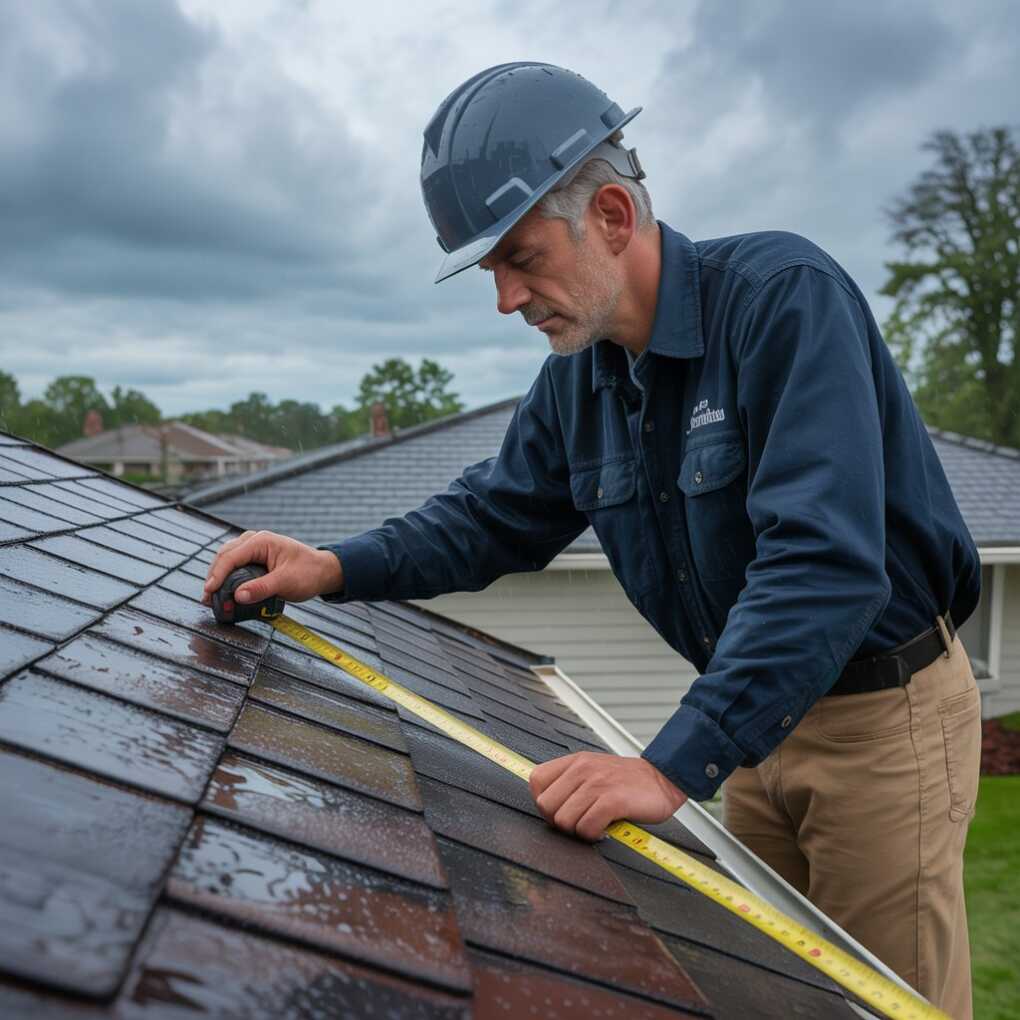Severe weather events such as storms, heavy rains, hail, and strong winds can take a significant toll on roofs, often leaving homeowners concerned about the safety and integrity of their homes. When damage occurs, a prompt and thorough assessment is crucial to identify the extent of the harm and determine necessary repairs. Roofers are trained to carefully evaluate all visible and hidden damage to ensure a roof can continue protecting a building effectively. The process involves a combination of visual inspection, use of tools, and safety measures to ensure nothing is overlooked. We will explore roofers’ methods to assess damage after severe weather and how these evaluations help plan the repair or replacement process.

Key Steps in Roof Damage Assessment After Severe Weather
Initial Visual Inspection from Ground Level
The first step roofers take is to perform an initial visual survey from the ground. This allows them to identify obvious signs of damage without risking safety. They look for missing shingles, dents on metal surfaces, scattered debris, or any apparent sagging or deformation. This ground-level inspection also includes checking gutters and downspouts for granule buildup, which can indicate shingle wear. Roofers in St. Louis, MO, observe the overall condition of the roofline and chimney to spot any structural shifts caused by the weather. This early overview helps prioritize areas needing detailed examination and ensures no immediate hazards are overlooked.
Detailed Roof Surface Inspection
After the preliminary survey, roofers access the roof surface to conduct a closer and more thorough examination. Using ladders or safety harnesses, they inspect shingles, tiles, or metal panels for cracks, breaks, or lifting caused by wind or hail. If not addressed promptly, small punctures or fractures in roofing materials can lead to leaks. Roofers also check flashings around vents, skylights, and chimneys for looseness or damage, as these are common weak points where water can enter. Additionally, areas with pooling water or discoloration are noted, since they may indicate underlying damage to the roof deck or insulation.
Checking for Structural Damage
Beyond surface damage, roofers assess the structural elements that support the roof. Severe weather can weaken rafters, trusses, or sheathing, compromising the roof’s stability. Roofers look for warping, cracks, or water intrusion inside the attic or ceiling areas, which might signal that the protective layers above have been breached. They examine the attic for moisture accumulation, mold growth, or insulation damage, which affect the home’s energy efficiency and indoor air quality. Identifying structural damage early helps avoid costly repairs and ensures the roof can safely carry its load.
Assessing Impact Damage from Hail or Debris
Hail storms and flying debris can leave small but serious impacts on roofing materials. Roofers often use specialized tools like moisture meters or infrared cameras to detect damage not visible to the naked eye. Hail can cause bruising on shingles that weakens them, even if no pieces have broken off immediately. Debris such as branches or roofing material blown by strong winds can create punctures or scratches. Roofers evaluate these subtle signs carefully to recommend repairs before problems escalate. Documenting hail or impact damage thoroughly also assists homeowners with insurance claims.
Evaluating Drainage and Water Flow Issues
Proper water drainage is essential to maintaining a roof’s integrity. Roofers examine gutters, downspouts, and roof valleys to ensure they are clear of debris and functioning correctly. Blocked drainage systems can cause water backup, leading to leaks or structural damage. Additionally, roofers look at the slope and surface of the roof to verify that water is flowing away as designed. Areas where water pools or collects are flagged, as standing water can accelerate material degradation. Ensuring that the drainage system is intact and effective is a key part of the damage assessment process.
Safety and Documentation Procedures
Throughout the assessment, safety is a top priority. Roofers use harnesses, helmets, and other protective gear to prevent accidents on slippery or unstable surfaces. After the inspection, they document all findings with photos, notes, and measurements. This documentation is important for creating a detailed damage report for the homeowner and their insurance company. Clear records help support any claims and guide the repair plan. Roofers may also discuss their findings with the homeowner, explaining the severity of the damage and recommending the next steps for repairs or replacement.
Assessing roof damage after severe weather requires a careful, multi-step approach that combines visual inspection, structural evaluation, and specialized tools. Roofers start by observing from the ground to identify obvious signs of harm, then move to a detailed surface inspection to catch less visible issues. They evaluate the structural integrity to ensure the roof remains safe and capable of protecting the home. Impact damage from hail or debris and the roof’s drainage systems are carefully checked to prevent further problems. Safety and thorough documentation are maintained throughout the process. Understanding these assessment steps helps homeowners appreciate the thorough care roofers provide in restoring their roofs after weather events.
